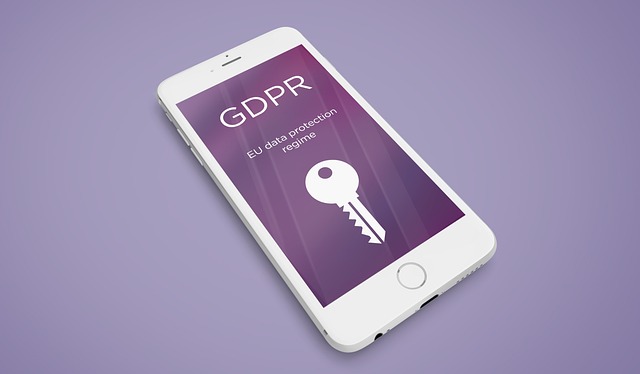The number of internet users globally continues to climb, reaching billions. This massive expansion necessitates a focus on digital literacy, not just access. It’s no longer enough to simply be online; effective internet use requires a solid understanding of the digital landscape, its opportunities, and its risks. This means everyone needs a boost in their digital know-how, from basic navigation to advanced security practices. This isn’t just about tech-savvy millennials either; everyone, from grandparents to entrepreneurs, needs to be digitally fluent. We need to bridge the digital divide, not just by expanding access, but by empowering users with the skills to confidently and safely navigate the online world.
Information Literacy in the Age of Misinformation
The internet is awash in information, but not all information is created equal. We’re constantly bombarded with news articles, social media posts, and advertisements. Learning to critically evaluate sources is paramount to navigating this info-tsunami. This means developing a keen eye for bias, identifying propaganda, recognizing credible sources, and understanding the difference between fact and opinion. Fact-checking websites are your friends; use them. Teach your kids, too. Consider the source: who’s behind it? What’s their agenda? Are there multiple sources corroborating the information? Is it emotionally manipulative? Does the language sound overly sensationalized? These are the questions we all need to constantly ask ourselves. It’s about developing that critical thinking muscle and becoming more aware of how information is used and abused online.
Spotting Fake News and Disinformation
The spread of fake news and disinformation is a real threat to our society. These tactics intentionally spread false or misleading information to manipulate public opinion. Understanding common disinformation techniques helps us protect ourselves and others. These include things like sensational headlines, misleading images, and fabricated quotes. Learning to identify these red flags and verify information from trusted sources is a crucial skill.
Online Privacy and Security Best Practices
Online privacy and security are not abstract concepts; they’re directly tied to our safety and well-being. We’re constantly leaving digital footprints. It’s crucial to understand how your data is being collected, used, and shared. Learn about cookies and trackers. Understand privacy settings on your various platforms. Strong passwords are important, but they’re just one piece of the puzzle. Think two-factor authentication, encryption, and the importance of keeping your software updated. Phishing scams are becoming more sophisticated; learn to spot them. Protecting your online identity involves more than just strong passwords; it’s about proactive security practices and a mindful approach to your online behavior. It’s also about understanding your rights related to data collection and usage.
Securing Your Accounts and Devices
This is about practicing good digital hygiene. Regularly update your software, install antivirus and anti-malware protection. Be cautious about clicking links and downloading attachments from unknown sources. Use strong and unique passwords for each account and consider a password manager to simplify things. Regularly review your privacy settings on all your devices and accounts. Don’t underestimate the importance of being aware of scams and fraud.
The Power of Digital Tools
The internet is powerful resource for learning, growth, and connection. Learning to effectively use digital tools can drastically increase your productivity. Explore online courses, educational platforms, and productivity apps. Find resources that help you accomplish your goals. Learning to leverage digital tools effectively isn’t just a skill; it’s an investment in your future. It’s about learning how to connect with others effectively, access information efficiently, and manage your time effectively.
To be safe and productive online, follow these steps:
- Master password management: Utilize a reputable password manager and implement strong, unique passwords for every account, incorporating uppercase, lowercase, numbers, and symbols.
- Enable two-factor authentication (2FA): Actively enable 2FA on all important accounts (email, banking, social media) for an extra layer of security against unauthorized access.
- Regularly update software and apps: Keep your operating system, applications, and antivirus software updated to patch security vulnerabilities exploited by hackers.
- Practice safe browsing habits: Avoid clicking suspicious links, downloading files from untrusted sources, and be wary of unsolicited emails or messages.
- Use strong encryption: Utilize VPNs or other encryption tools to secure your online communications and protect your data from prying eyes.
- Understand privacy settings: Regularly review and adjust the privacy settings on your social media accounts, email platforms, and other online services.
- Be mindful of your online footprint: Think twice before posting personal information online, and remember that once something is online, it’s difficult to erase completely.
- Learn about phishing scams: Familiarize yourself with common phishing tactics, including fake emails, websites, and text messages that attempt to steal your personal data.
- Regularly back up your data: Regularly back up important files and data to an external hard drive or cloud storage service to protect against data loss from hardware failures or malware.
- Educate yourself about online security threats: Stay informed about current online security threats, vulnerabilities, and best practices through trusted sources and cybersecurity awareness training.




